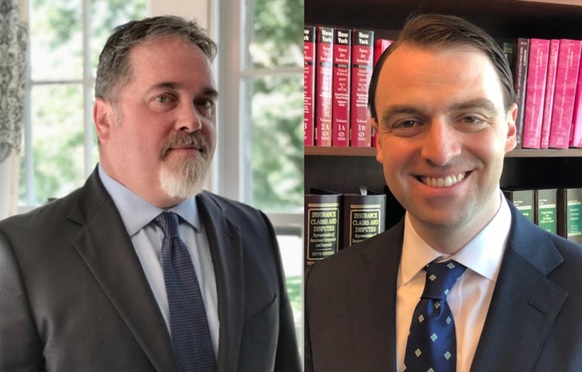Most litigators have at least a passing familiarity with the so-called “tailored testimony rule.” In the paradigmatic civil litigation example, a party makes a damning admission at his deposition, the admission is used as the basis of his or her adversary’s summary judgment motion, and, in opposition, the party submits an affidavit that—flatly and without explanation—contradicts his or her deposition testimony. The party’s attorney then claims that the two contradictory versions of the party’s story creates a credibility issue that must be resolved by a jury, which, the argument goes, is entitled to believe the second version of the story and reject the first. Facially, this argument is plausible, because juries are, in fact, afforded broad discretion to weigh and credit testimony.[i]
Under the tailored testimony rule, however, the court will grant summary judgment anyway. The law—and thus the court—reasons that because the second version of the story has been “tailored to avoid the consequence of” the prior admission, it presents only a “feigned issue of fact,” and can be safely rejected as a matter of law.[ii] This rule stems from several intertwined commonsense concepts, recognizing that the story has been changed to avoid the negative legal consequences arising from the original version, and that “[a] witness’s recollection does not generally improve with age, but becomes less vivid.”[iii]


 Timothy R. Capowski and John F. Watkins
Timothy R. Capowski and John F. Watkins




